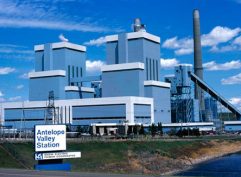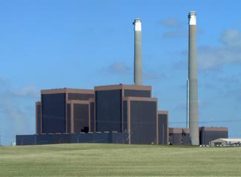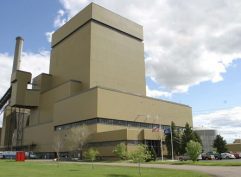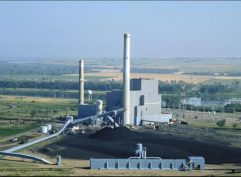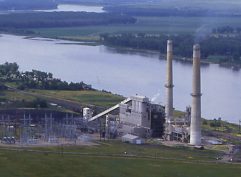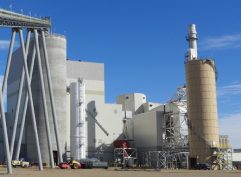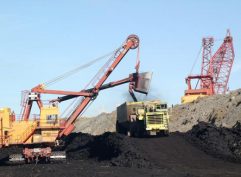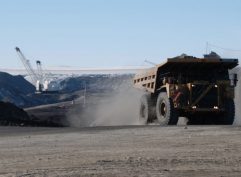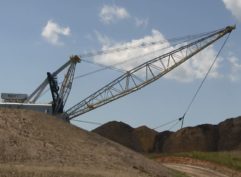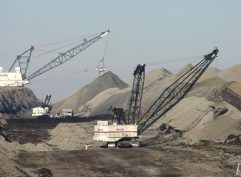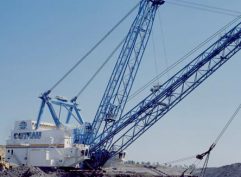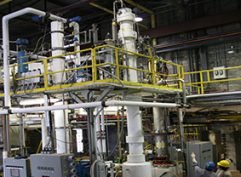Three coal counties among the top 10 for highest average wages in 2017
Slipping from first to second place, sparsely populated Oliver County saw average wages increase by 2.5 percent from $71,719 in 2016 to $73,522 in 2017, but it wasn’t enough to capture first place which went to oil-rich Williams County. That county, which contains the city of Williston, saw wages increase 6 percent from $69,997 to $74,287 as the price of oil rose and drilling in the Bakken increased.
 Statistics released by the North Dakota Job Service showed that average wages in North Dakota increased 3 percent in the preceding year reaching $50,313 statewide in 2017. Average wages in North Dakota grew in 2017 for the first time in three years. The highest average wages in the state were recorded in 2014 during the heart of Bakken Boom.
Statistics released by the North Dakota Job Service showed that average wages in North Dakota increased 3 percent in the preceding year reaching $50,313 statewide in 2017. Average wages in North Dakota grew in 2017 for the first time in three years. The highest average wages in the state were recorded in 2014 during the heart of Bakken Boom.
Besides Oliver County, two other coal counties were also in the top 10 for highest average wages. Mercer County, home to Beulah, three power plants, the synfuels plant and two mines, came in fourth place.
McLean County, which contains the state’s largest power plant – the Coal Creek Station – and the adjacent Falkirk Mine was ranked eighth.
From 1993 until 2010, Oliver County consistently had the highest average wages in North Dakota – thanks primarily to the jobs at BNI Coal’s Center Mine and the Milton R. Young Station, operated by Minnkota Power Cooperative. It was tops in wages in 2016 with McKenzie County – home to Watford City — coming in second place.
The top 10 counties for highest average wages all came from areas known for energy development. After first place Williams County and second place Oliver were the following: McKenzie at $70,987, Mercer at $70,478, Dunn at $68,365, Mountrail at $65,544, Stark at $58,998, McLean at $56,012, Slope at $55,800, and Burke at $53,032. Job Service North Dakota compiles the list of average wages by counties annually.
“Because of the state’s lignite industry, North Dakotans have a reliable and affordable supply of electricity and the state benefits from the industry’s high paying jobs,” said Jason Bohrer, president of the Lignite Energy Council. “The industry has been a stable, mainstay in the state since the mid-1980s when several of the largest lignite-based power plants were built and began operating.”


